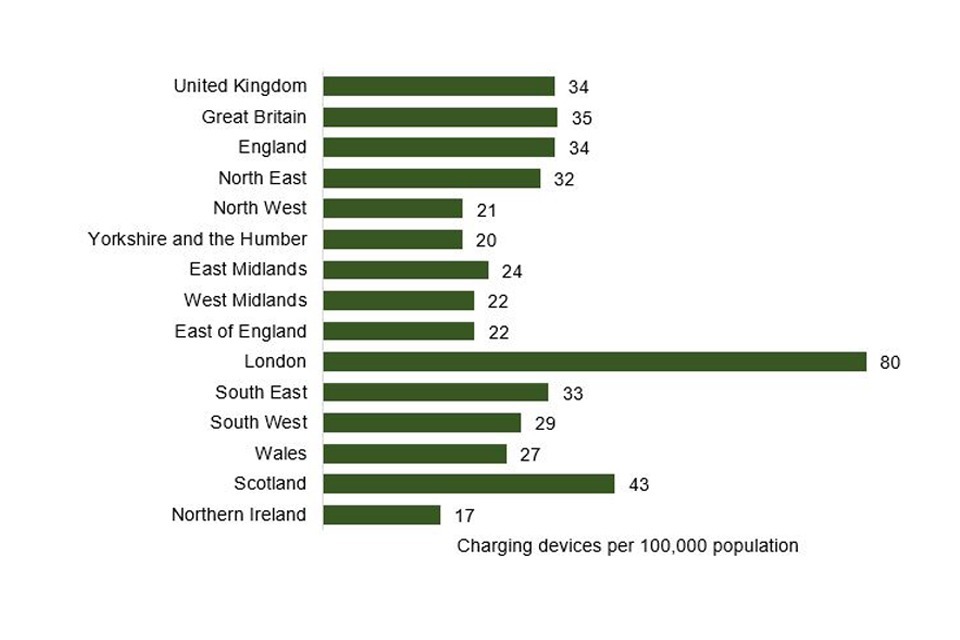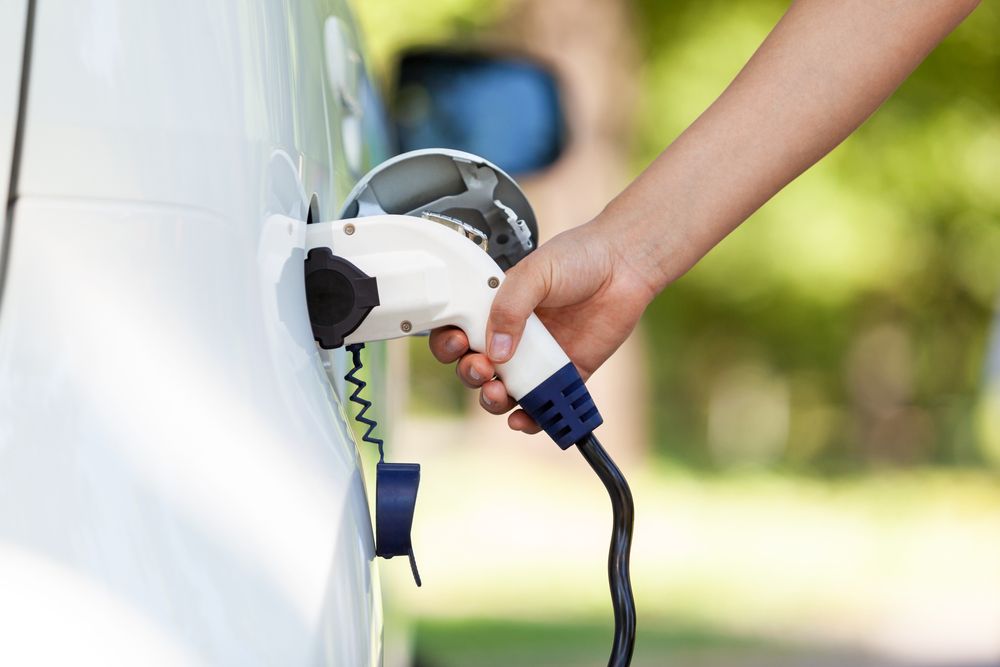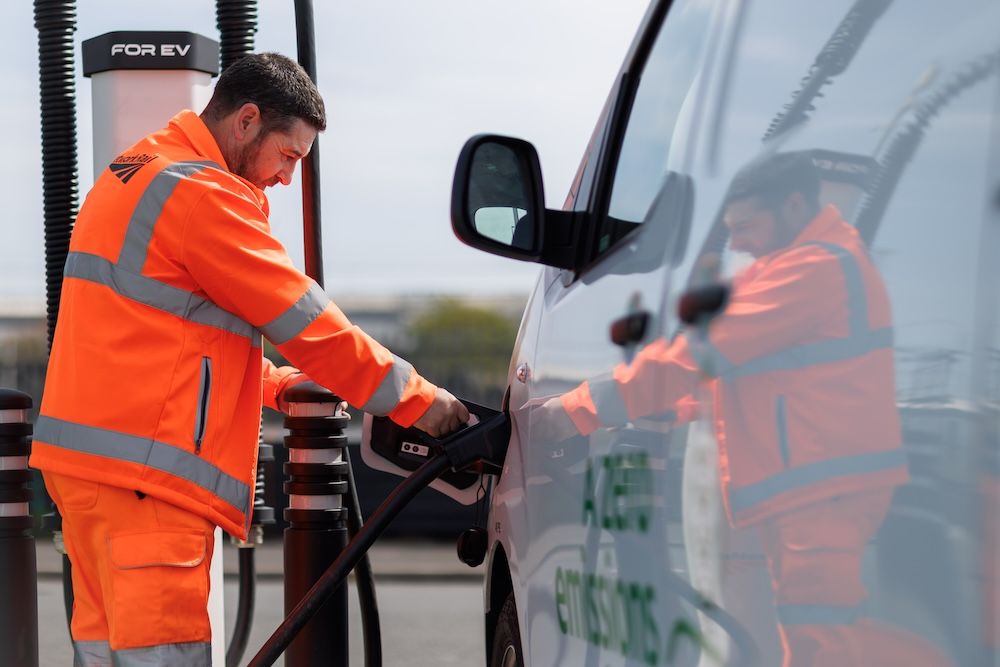The Competition and Markets Authority (CMA) has set out key recommendations to ensure a national network of electric vehicle chargepoints is in place ahead of the 2030 ban on the sale of new petrol and diesel cars.
As part of its market study into electric vehicle (EV) charging, the CMA examined whether the industry can deliver a comprehensive UK charging network that works competitively and that people can trust.
The CMA’s key recommendations are that:
- UK Government sets out an ambitious National Strategy for rolling out EV charging between now and 2030. This must sit alongside strategies from the Scotland, Wales and Northern Ireland Governments, building on the work already being undertaken by all governments. Energy regulators should also ensure that it’s quicker and cheaper to connect new chargepoints.
- Governments support local authorities (LAs) to boost roll-out of on-street charging – including defining a clear role for LAs to manage the roll-out in their area and providing funding for the expertise needed for this to happen.
- UK Government attaches conditions to its £950m Rapid Charging Fund – which it is planning to use for grid upgrades at motorway service stations – to open up competition so that drivers have a choice of charging provider at each service station.
- UK Government creates an EV charging sector that people can trust and have confidence in, including tasking a public body with monitoring the sector as it develops to ensure charging is as simple as filling up at a petrol station.
While some parts of the sector are developing relatively well – including charging at locations like shopping centres, workplaces and people’s private parking (garages and driveways) – the CMA has found that other parts are facing problems which will hinder roll-out. This could impact the Government’s plans to ban the sale of new petrol and diesel cars by 2030 and its wider commitment to make the UK net zero by 2050.
In particular, the CMA is concerned about the choice and availability of chargepoints at motorway service stations, where competition is limited; the roll-out of on-street charging by local authorities (which many drivers will rely on) is too slow; and rural areas risk being left behind with too few chargepoints due to lack of investment.
In addition, research shows that charging can sometimes be difficult and frustrating for drivers, which could stop people switching to EVs. Concerns about the reliability of chargepoints, difficulties in comparing prices and paying for charging, risk reducing people’s confidence and trust. The CMA has set out four principles to ensure that using and paying for charging is as simple as filing up with petrol and diesel.
Charging should be as simple as filling up with petrol or diesel:
- Working chargepoints must be easy to find – e.g. providing up-to-date availability and working status information.
- Charging must be simple and quick to pay for – e.g. people don’t need to sign up and contactless payments are widely available.
- The cost of charging must be clear – e.g. standard way of pricing, such as per kilowatt of energy.
- Charging must be accessible – e.g. all chargepoints can be used by any type of EV.
The UK has around 25,000 chargepoints currently and, while there is still uncertainty, forecasts suggest more than ten times this amount will be needed by 2030.
Andrea Coscelli, Chief Executive of the CMA, said: “Electric vehicles play a critical role in meeting Net Zero but the challenges with creating an entirely new charging network should not be underestimated. Some areas of the roll-out are going well and the UK’s network is growing – but it’s clear that other parts, like charging at motorway service stations and on-street, have much bigger hurdles to overcome.
“There needs to be action now to address the postcode lottery in electric vehicle charging as we approach the ban on sales of new petrol and diesel cars by 2030.
“Our recommendations will promote strong competition, encourage more investment, and build people’s trust, both now and in the future. The CMA has also opened a competition law investigation into EV charging along motorways and will continue to work with government and the industry to help ensure electric vehicle charging is a success.”
The CMA has also launched a competition law investigation into long-term exclusive arrangements between the Electric Highway – a ChargePoint provider which was recently acquired by GRIDSERVE – and three motorway service operators – MOTO, Roadchef and Extra. Currently, the Electric Highway provides 80% of all chargepoints at motorway service stations (excluding Tesla chargepoints which can only be used by Tesla vehicles) and its long-term exclusive arrangements, which last between 10-15 years, cover around two-thirds of motorway service stations.
The CMA is concerned that these arrangements make it difficult for other operators to provide competing chargepoints at motorway service stations. This could result in drivers losing out on the benefits of competition such as greater provision, more choice, competitive prices and reliable, high-quality chargepoints.
In a statement, GRIDSERVE said it has already made “incredible progress upgrading the original Electric Highway network”. It added: “This has included replacing chargers in over 70 locations in less than eight weeks with new technology, contactless payment, reliable charging with 24×7 customer support, and introducing a Customer Charter – all while retaining highly competitive prices.
“Our focus is to find a path forward that addresses the concerns raised by the CMA, enabling us to retain momentum and continue to swiftly deliver the net zero charging infrastructure plans and investment we have worked so hard to put in place, that support the successful uptake and transition to electric vehicles, in-line with the Government’s clearly stated objectives.
“We also agree with the four principles set out by the CMA to ensure that using and paying for charging is as simple as filling up with petrol and diesel. The GRDSERVE Electric Highway already embraces all of these and every new charger we have installed delivers against them to offer the best value and service to customers nationwide.”
All updates on the CMA’s work in this area can be found on the Electric vehicle charging market study case page.
Public chargepoints per 100,000 of population by UK country and region:

Source: Electric vehicle charging device statistics: April 2021 – GOV.UK (www.gov.uk)
Main image: Shutterstock







